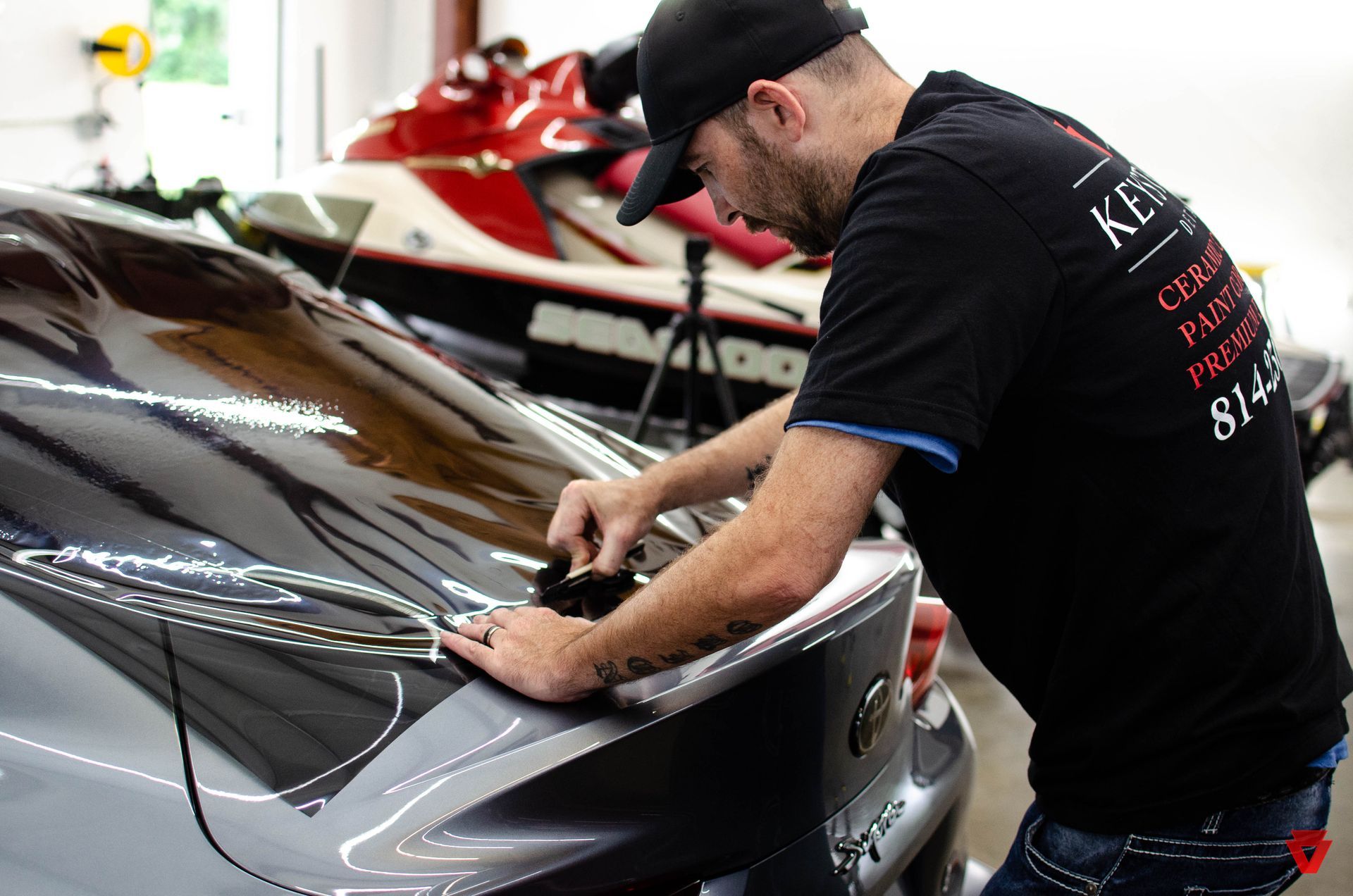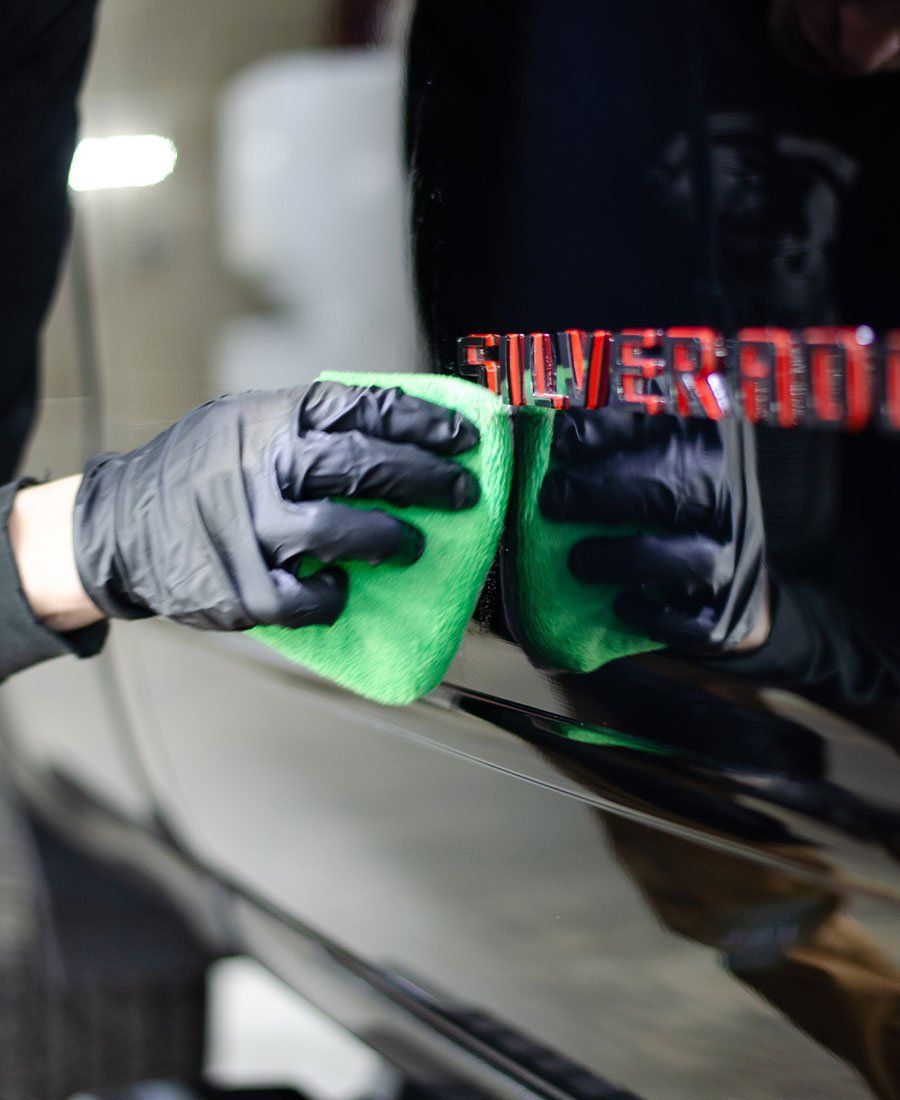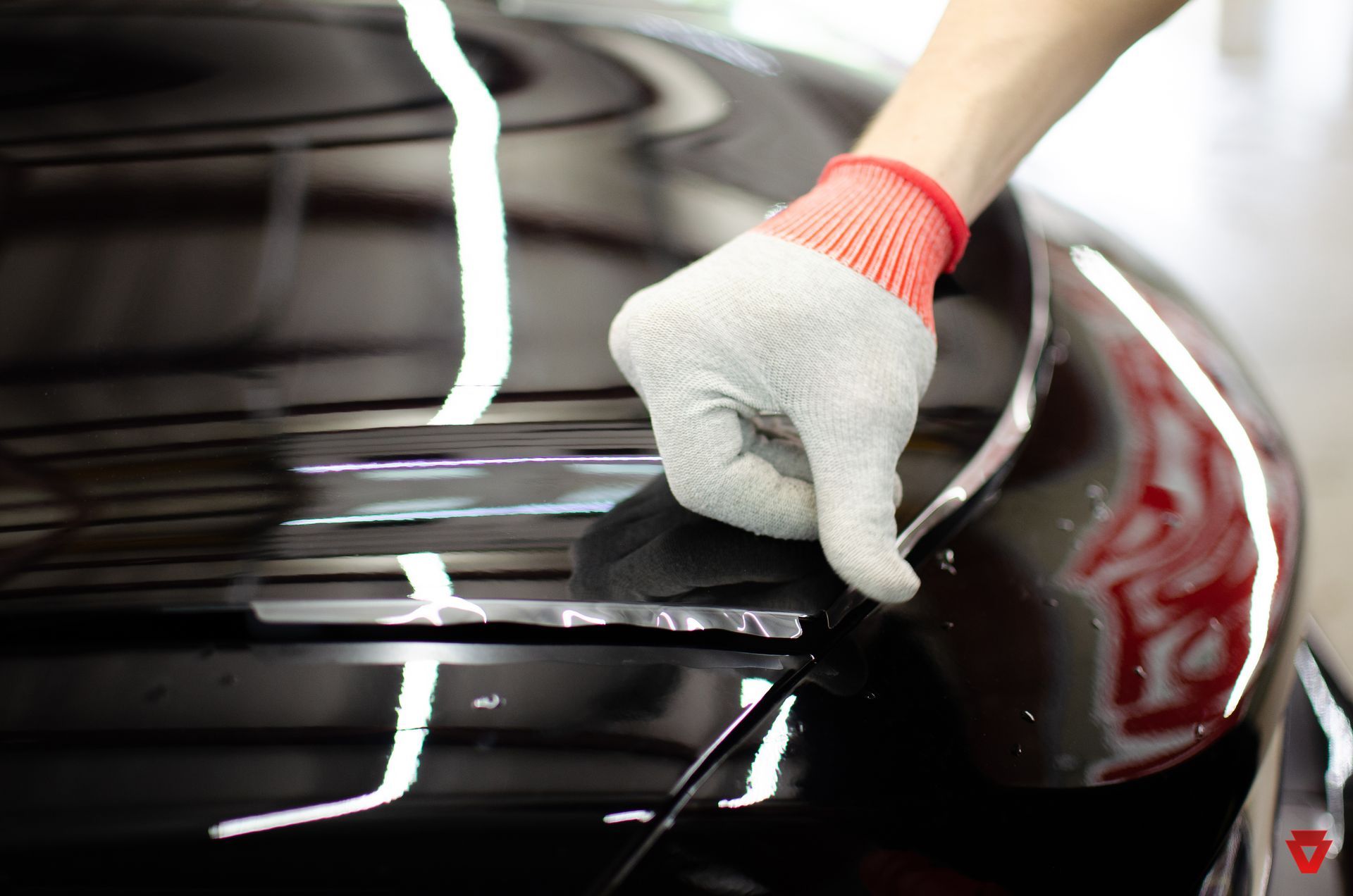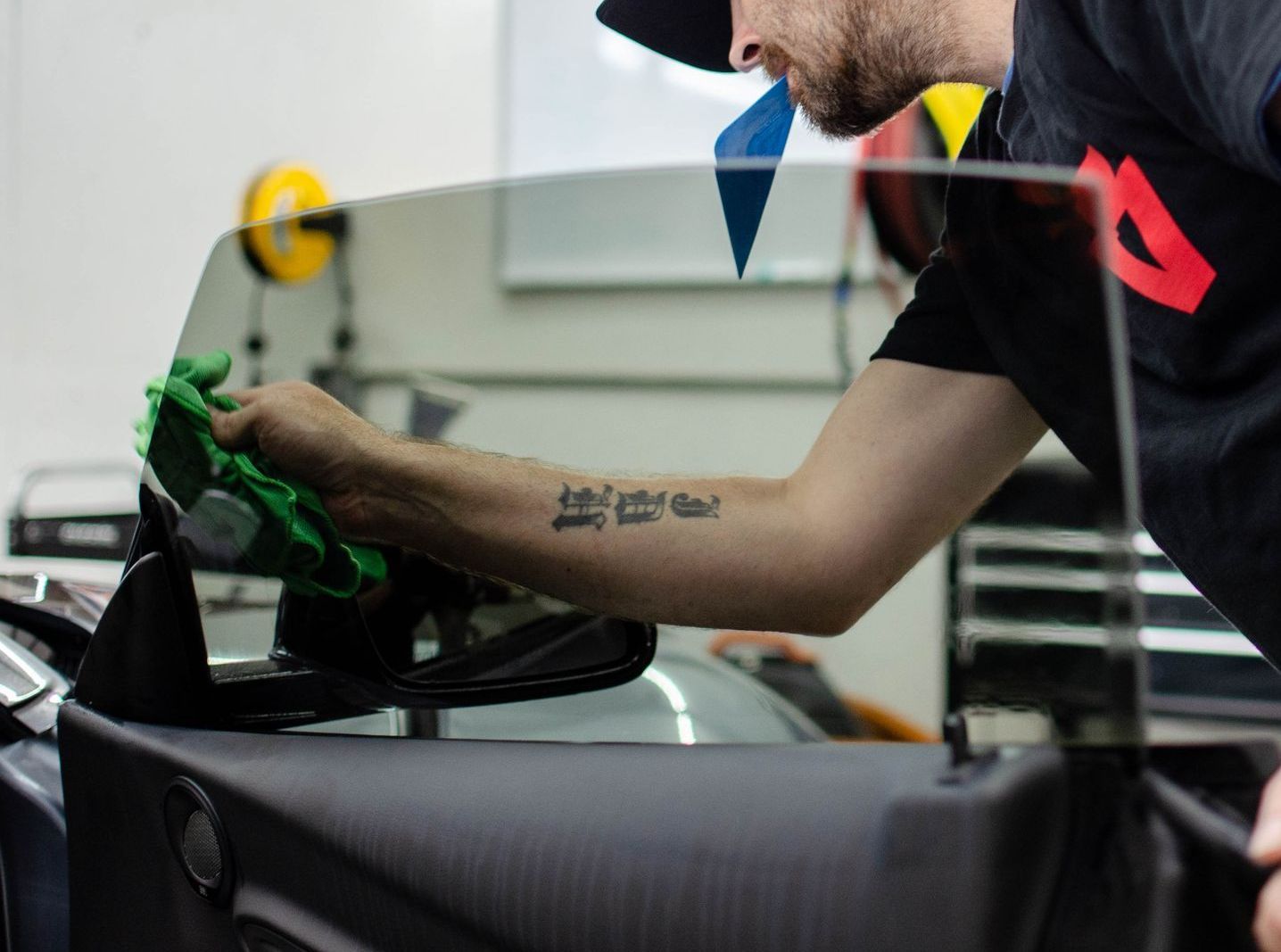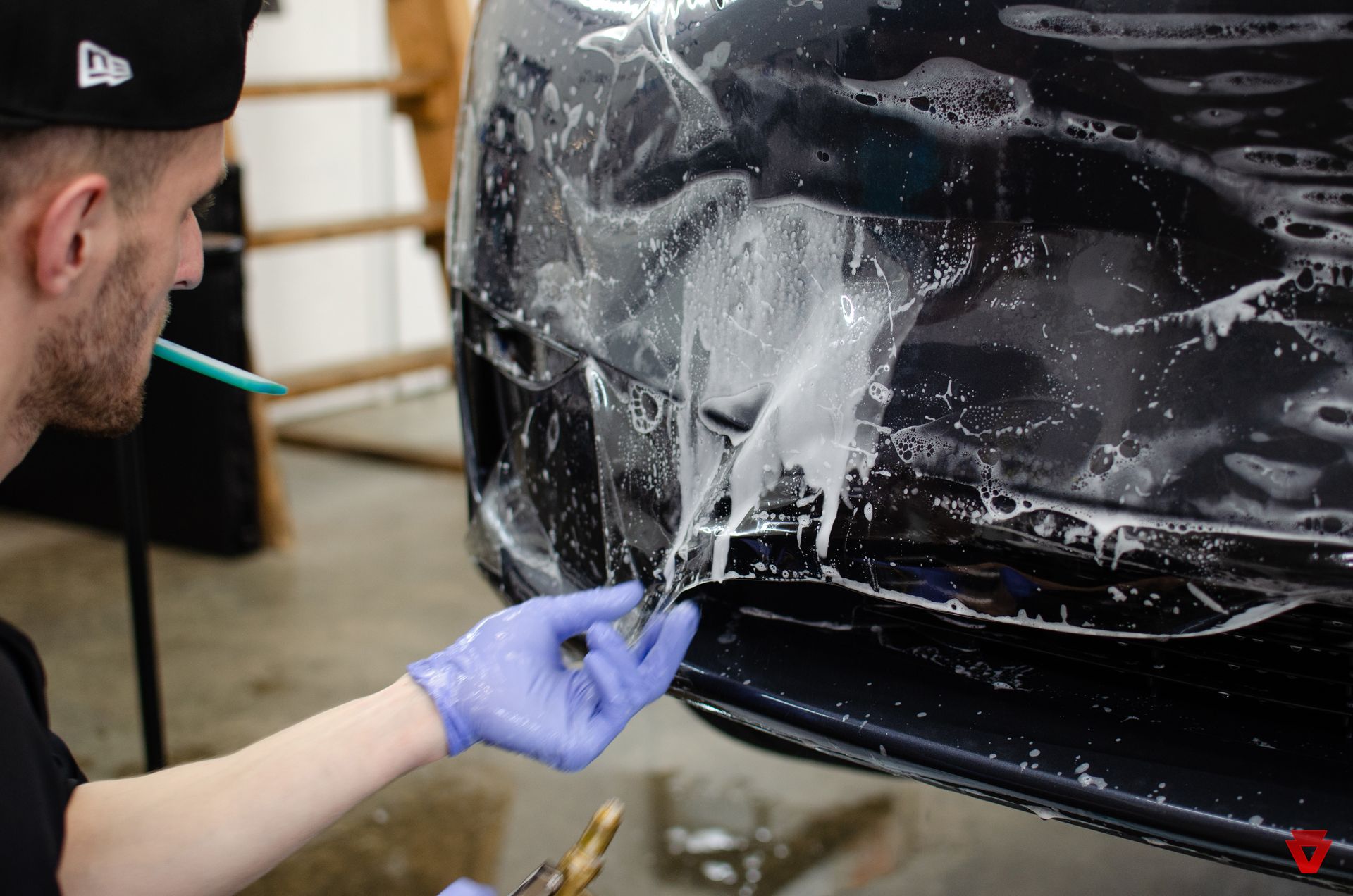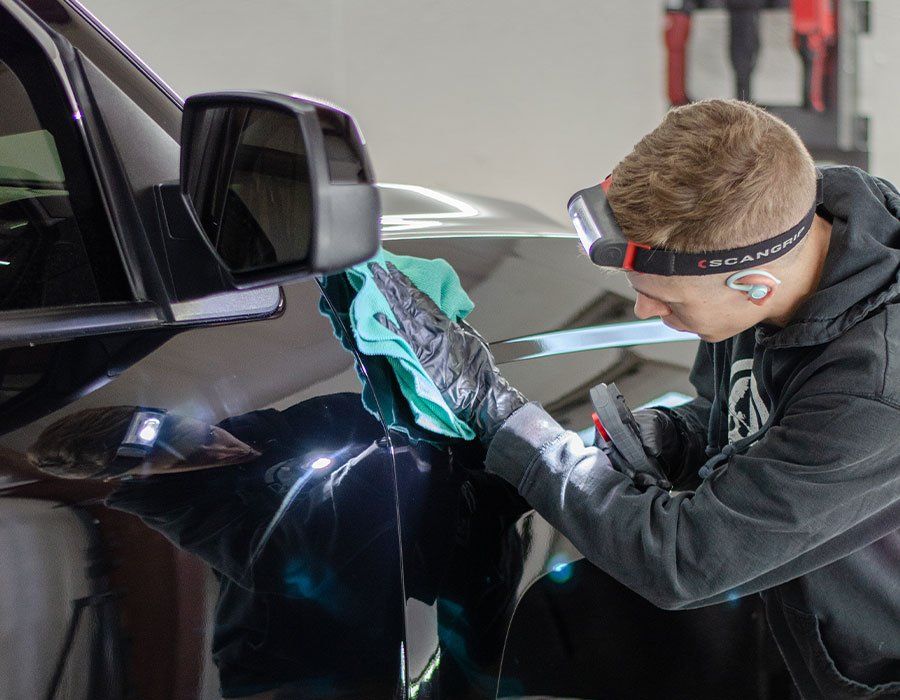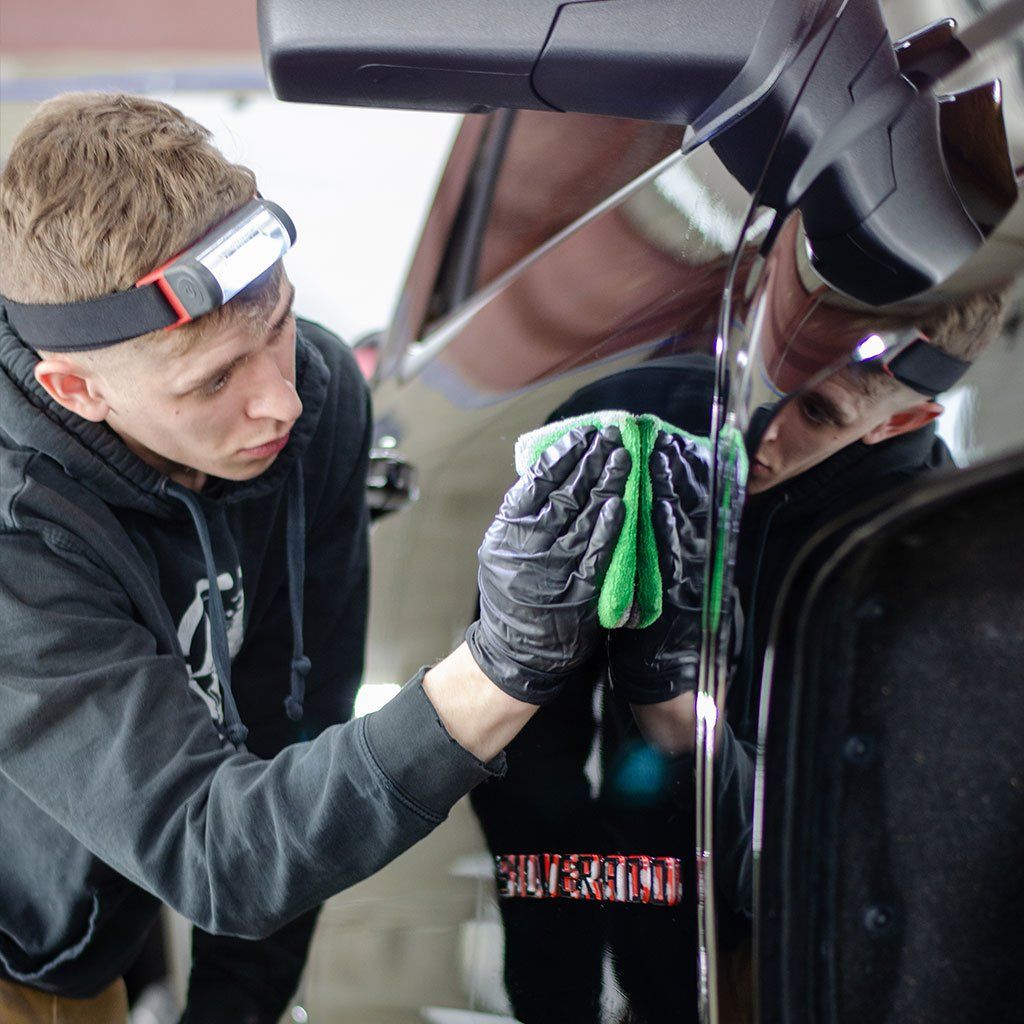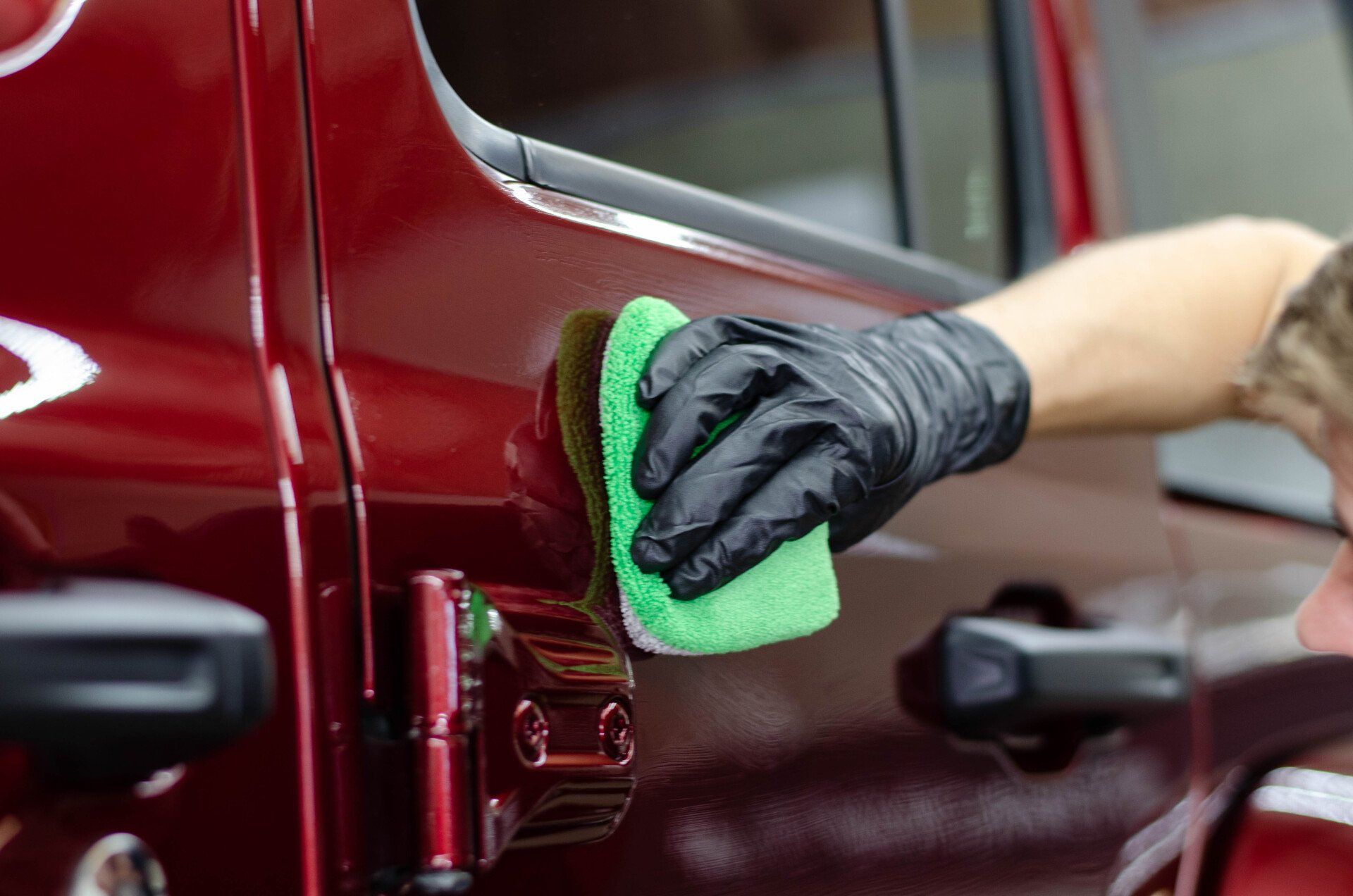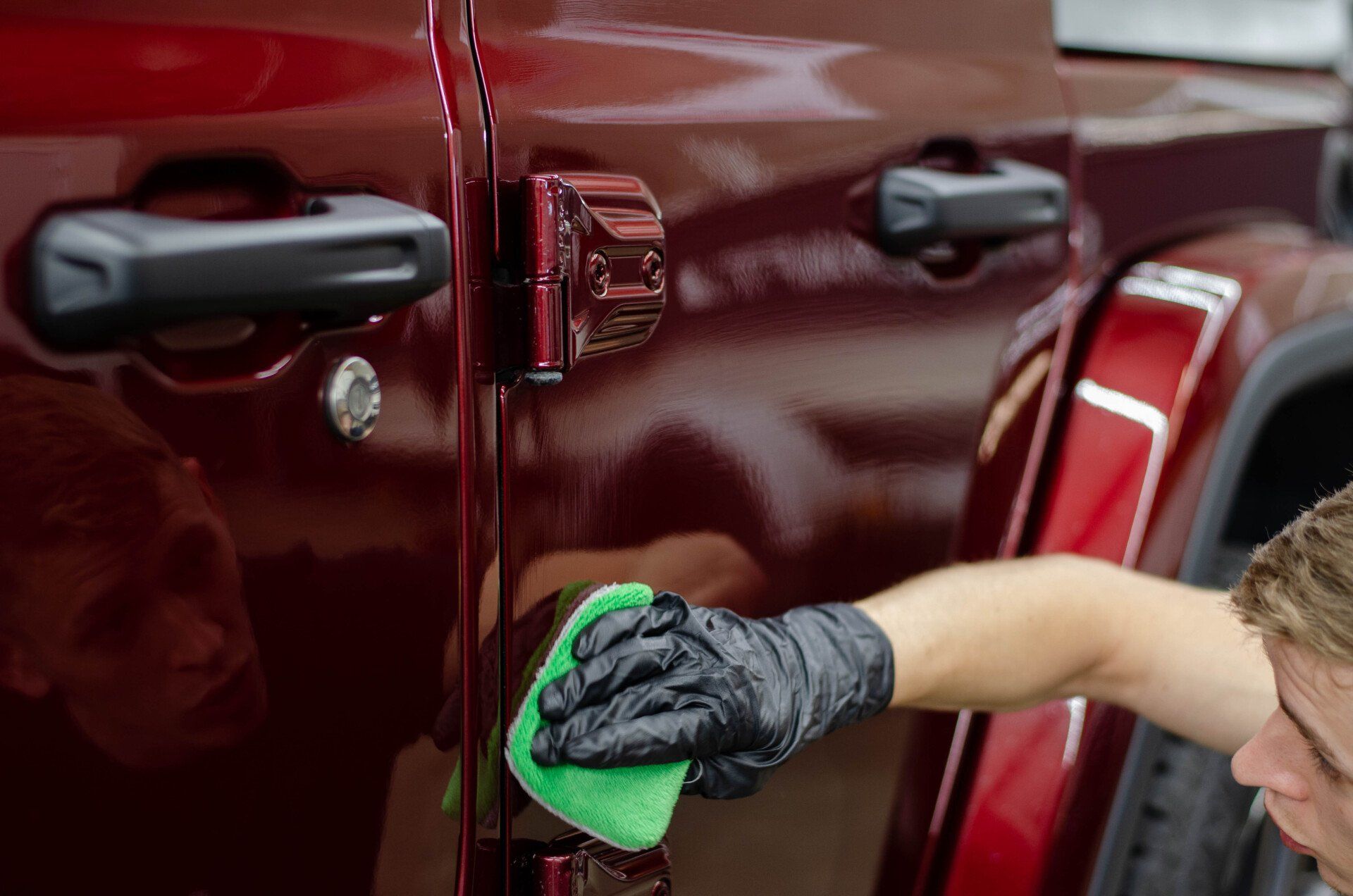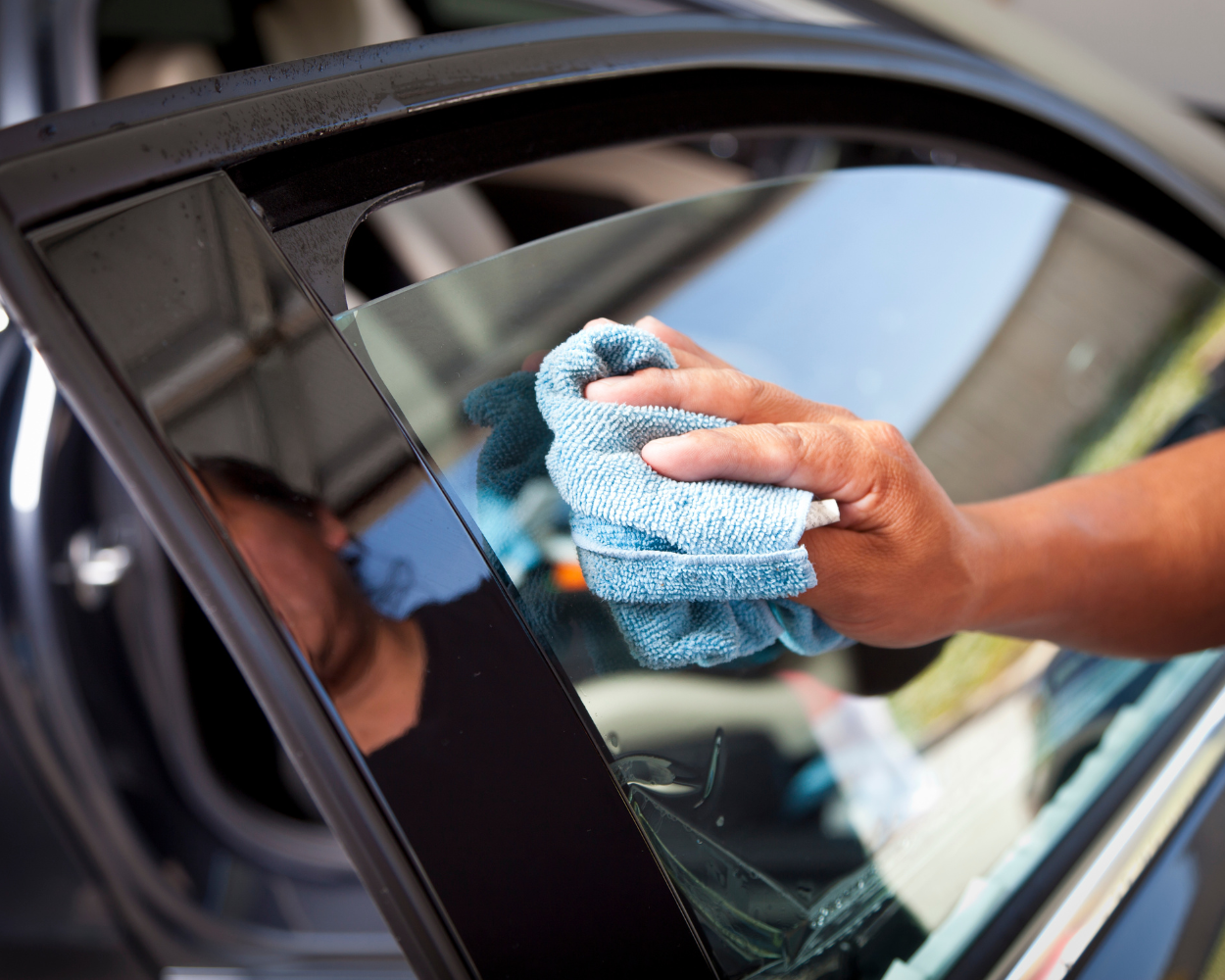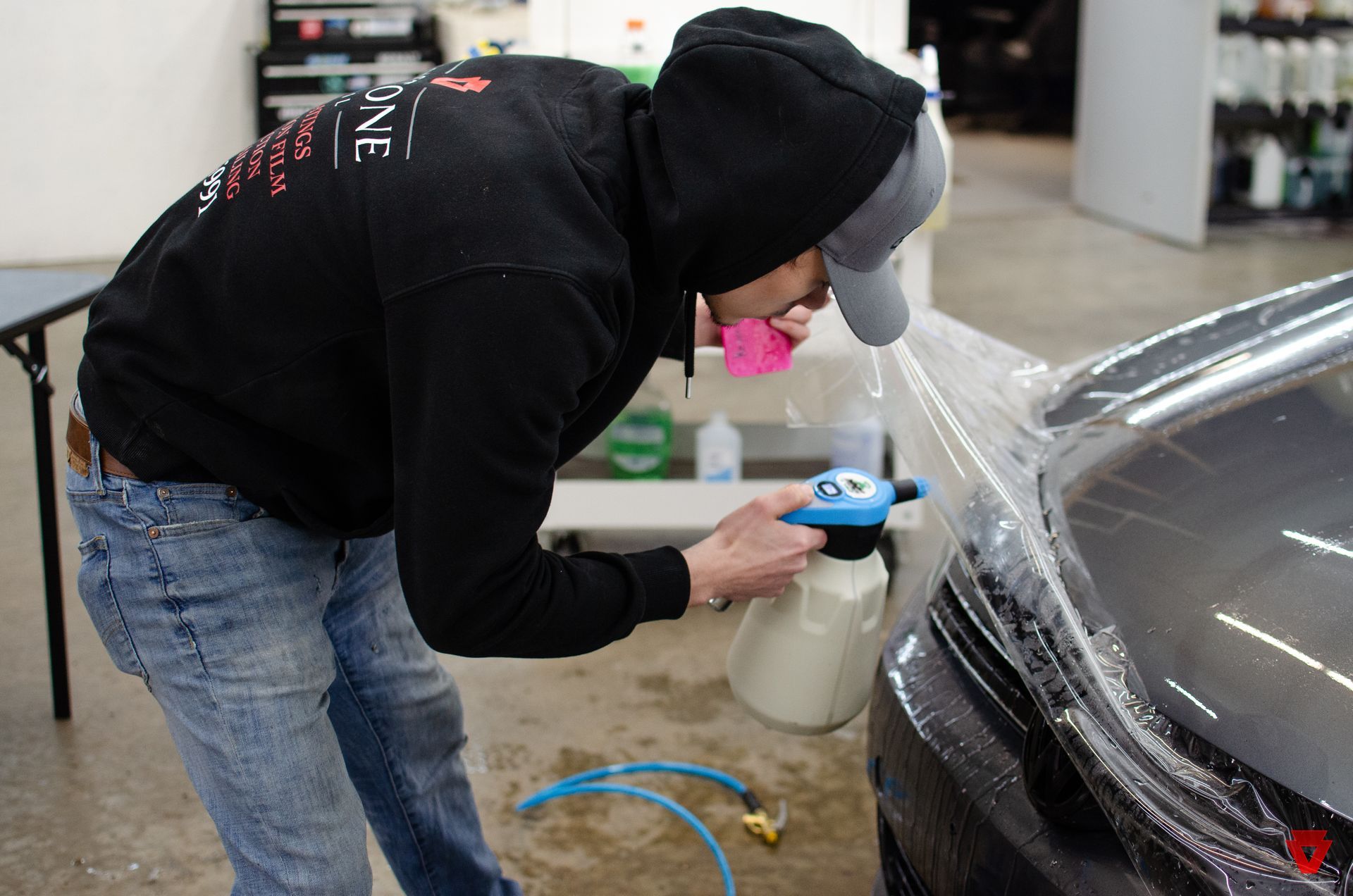Maintaining Ceramic Coated Surfaces During Seasonal Changes: Tips for Longevity and Protection
Caring for ceramic-coated surfaces involves more than just occasional cleaning. Each season brings unique challenges that can compromise their integrity if not addressed correctly. For many DIY enthusiasts and home improvement hobbyists, navigating these seasonal changes to protect your investments can be daunting. Whether it's the relentless summer sun causing accelerated wear or winter's harsh road salts threatening degradation, each condition presents its own set of obstacles.
To maintain ceramic-coated surfaces during seasonal changes, it's essential to regularly clean the surface using appropriate cleaning products and techniques. Additionally, considering temperature regulation by parking in covered areas and ensuring proper ventilation during application and curing processes can help preserve the quality of the ceramic coating.
Effects of Seasonal Changes on Ceramic Coatings
Seasonal changes bring about fluctuations in temperature, humidity levels, and exposure to environmental contaminants, all of which can significantly impact the performance and longevity of ceramic coatings on vehicles or other surfaces.
- Temperature Fluctuations: In summer, the intense heat can lead to accelerated curing and adhesion of ceramic coatings. However, prolonged exposure to high temperatures, especially in sunny climates, can expedite the degradation of these coatings. This emphasizes the critical importance of choosing ceramic coatings with UV-resistant properties to withstand the adverse effects of sun exposure. Conversely, freezing temperatures during winter can pose challenges for the proper curing process if ceramic coatings are applied during this period. It is essential to apply ceramic coatings at moderate temperatures to ensure optimal bonding and curing without hindrances from extreme cold conditions.
- Humidity Levels: Elevated moisture levels in the air can complicate the application and curing process of ceramic coatings. The bonding process may be affected, potentially leading to contamination and haziness in the coating's finish. This underscores the need for controlled environmental conditions during application to optimize the bonding and integrity of the ceramic coating. While low humidity levels are generally more favorable for curing processes, it's crucial to ensure that the surface intended for coating is clean, free of dust, and prepared for effective adhesion.
- Environmental Contaminants: During spring/summer seasons, environmental elements such as pollen, tree sap, and bird droppings are more prevalent. If not promptly cleaned off, these contaminants can mar the appearance and compromise the protective properties of ceramic coatings. In colder months, road salt, snow, and ice present a different set of challenges. Residues from these substances can accumulate on coated surfaces over time, potentially degrading the protective layer if not managed appropriately.
Understanding these specific effects of seasonal changes on ceramic coatings equips individuals with valuable insights into adapting their maintenance practices to preserve the integrity and appearance of these protective layers under diverse weather conditions. It underscores the importance of proactive care and vigilance in managing environmental influences that can impact ceramic coating performance. By recognizing how temperature fluctuations, humidity levels, and environmental contaminants can influence ceramic coatings throughout the year, individuals can make informed choices regarding application timing and maintenance measures for long-lasting protection against weather-related challenges.
Best Practices for Cleaning Coated Surfaces
When it comes to maintaining the integrity of ceramic coatings on your vehicle, employing proper cleaning techniques is imperative. Here are some essential tips and practices to keep in mind:
- Gentle Washing Techniques: It's crucial to use the right products and tools for washing ceramic-coated surfaces: Opt for a pH-neutral car wash soap, as it effectively cleans the surface without compromising the ceramic coating. This type of soap is gentle and helps preserve the coating's protective properties. When washing your vehicle, using a soft microfiber wash mitt is essential. It helps prevent scratching the ceramic coating, ensuring that the surface remains smooth and free from damage. Following these recommendations during the washing process will help maintain the integrity and appearance of the ceramic coating, promoting its durability in diverse weather conditions.
- Drying the Surface: Proper drying techniques are just as important as washing when it comes to preserving ceramic coatings. Always use a clean, soft microfiber towel for drying. This type of towel is gentle on the coated surface and helps prevent water spots from forming. Instead of vigorously wiping the surface, employ a "blot and pat" method while drying. This gentle approach reduces the risk of damaging the ceramic coating, ensuring that it remains intact and visually appealing. By implementing these methods, you can ensure that your ceramic-coated vehicle maintains its glossy finish and protective properties.
- Avoid Harsh Chemicals: Using the wrong cleaning products can compromise the integrity of ceramic coatings. Steer clear of acidic or abrasive cleaners. It's vital to avoid cleaners with acidic or abrasive properties, as these can deteriorate the protective coating. Stick to products specifically designed for ceramic coatings, as they are formulated to effectively clean without harming the protective layer.
By adhering to these practices and exercising caution during the cleaning process, you can uphold the longevity and performance of your vehicle's ceramic coating, extending its protective benefits over time.
Maintaining Coatings Year Round
Ceramic coatings act as a shield for your vehicle, providing exceptional protection and enhancing its appearance. Consistent care ensures the coating continues to perform at its best in all seasons. Here are some effective strategies for maintaining ceramic coatings throughout the year.
- Monthly Inspections: Performing regular inspections is crucial to catching any signs of deterioration or damage early on. Once a month, set aside some time to thoroughly examine the coated surface. Look for any areas where the coating might be compromised or damaged. Additionally, observe the water behavior on the surface. The presence of water beading and sheeting is an important indicator of the coating's health. If you notice reduced water beading or sheeting, it could signal a decline in the coating's effectiveness, prompting the need for potential maintenance or reapplication.
- Regular Wash Routine: Maintaining a regular cleaning schedule is fundamental for preserving ceramic coatings. Cleaning the coated surface every two weeks helps prevent the buildup of dirt, contaminants, and other residues that could compromise the coating's protective properties. During the winter months, increasing the frequency of washes becomes especially important to address specific challenges posed by seasonal factors such as road salt and debris. Road salt can be particularly detrimental to ceramic coatings, as it can adhere to the surface and lead to corrosion if left unaddressed. Therefore, more frequent washing during winter will help remove these corrosive substances and preserve the integrity of the coating.
By consistently following these maintenance routines, you'll significantly contribute to the longevity and performance of your ceramic coating regardless of the season.
Essential Products for Coating Care
When it comes to maintaining your ceramic coated surfaces, using the right products is crucial. Let's discuss some indispensable tools that can help you keep your ceramic-coated surfaces looking their best and ensure their longevity.
pH-Neutral Car Wash Soap
A pH-neutral car wash soap is a must-have for cleaning any vehicle with a ceramic coating. These soaps are specifically designed to work safely with ceramic coatings, effectively removing dirt and grime without compromising the protective layer. Using regular car wash soaps with harsh chemicals or high acidity levels can deteriorate the ceramic coating over time, diminishing its protective qualities. By sticking to pH-neutral soaps, you ensure that your coating remains effective and durable.
Maintenance Sprays
Maintenance sprays play a vital role in boosting the hydrophobic properties and shine of your ceramic coating. These sprays are formulated to enhance the water-repellent characteristics of the coating, making it easier to maintain a clean and glossy surface. Regular application of maintenance sprays helps replenish the coating's protective properties, ensuring that it continues to repel water, dirt, and contaminants effectively. Additionally, these sprays provide an extra layer of gloss, further enhancing the visual appeal of your ceramic-coated surfaces.
Microfiber Towels
High-quality microfiber towels are essential for washing and drying your ceramic-coated surfaces. When it comes to maintaining delicate coatings, using the right towels is crucial to prevent scratches and swirl marks. The soft and lint-free nature of microfiber towels makes them ideal for gentle cleaning, allowing you to remove dirt and excess moisture without damaging the protective layer. By using microfiber towels designed for automotive applications, you can ensure that your ceramic coating retains its smooth and flawless appearance after each cleaning session.
By incorporating these essential tools into your maintenance regimen, you can uphold the integrity and aesthetics of your ceramic-coated surfaces for an extended period while enjoying a stunning finish that repels contaminants and enhances the overall look of your vehicle.
Prepping Your Surfaces for Different Seasons
As the seasons change, so do the environmental factors your ceramic-coated surfaces are exposed to. Each new season introduces different challenges, from harsh winter conditions to the intense UV exposure of summer.
Pre-Winter Preparation
Transitioning from fall to winter requires reinforcing the protection of your ceramic coating against the impending harsh elements. Applying a ceramic coating booster or sealant before winter sets in can add an extra layer of defense against snow, sleet, and road salt. This proactive step helps fortify the coating's resilience while safeguarding your vehicle's surface integrity during the cold months. Before the first snowfall, it's essential to ensure that your coated surfaces are immaculately clean and free of contaminants. Snow and ice can exacerbate the effects of any underlying dirt and contaminants, potentially compromising the coating's effectiveness. Regular inspections and maintenance routines are pivotal in preventing buildup that may impair the coating's protective properties.
Pre-Summer Preparation
In anticipation of the sweltering summer months, conducting a thorough wash of your ceramic-coated surfaces becomes paramount. Not only does this rid the surfaces of any residual debris or contaminants, but it also serves as an opportunity to inspect for any signs of wear on the coating. This visual inspection can unveil any areas that may require touch-ups or reapplication, ensuring that your ceramic coating remains robust and effective in repelling environmental elements. Following the wash and inspection, consider applying a high-quality UV protectant spray to shield your coated surfaces against the relentless intensity of sun rays. Continuous exposure to ultraviolet radiation can degrade ceramic coatings over time; thus, incorporating a UV protectant further augments the coating's resistance to UV-induced deterioration.
Successfully prepping your ceramic-coated surfaces for diverse seasons demands proactive measures tailored to combat each season's distinct challenges. By acknowledging these seasonal nuances and taking preemptive steps, you're not only preserving the cosmetic appeal of your coated surfaces but also fortifying their protective capabilities against evolving environmental stressors.
Seasonal Maintenance Tips for Longevity
Winter Care: During winter, road salt and grime can significantly affect your vehicle's ceramic coating. To shield it from damage, opt for touchless washing using a foam cannon. This method effectively removes the salt and grime without the need for scrubbing, reducing the risk of scratching the coating. Additionally, when your vehicle is not in use, it's best to store it in a garage or covered area to shield it from prolonged exposure to snow and ice, minimizing the impact of freezing temperatures and moisture, thus preserving the integrity of the ceramic coating.
Summer Care: When the temperature rises, different maintenance approaches are necessary. Summer presents its own challenges for ceramic coatings, especially in areas with intense sunlight. It's crucial to wash your vehicle more frequently during this season to remove stubborn contaminants like tree sap and bird droppings that can potentially etch into the coating. Parking your vehicle in shaded areas whenever possible and utilizing a car cover can effectively shield it from direct sunlight, safeguarding the ceramic coating from UV degradation and heat-induced damage.
By tailoring your maintenance regimen according to each season's demands, you ensure that your ceramic-coated surfaces maintain their exceptional condition year-round. Adapting your care routine to address season-specific challenges will contribute significantly to preserving the longevity and protective properties of the ceramic coating. Understanding the impact of seasonal changes on ceramic coatings empowers you to proactively manage and protect your vehicle throughout the year. By considering these seasonal tips, you can maintain the pristine condition of your ceramic-coated surfaces, ensuring lasting protection and aesthetic appeal.
Top-Tier Ceramic Coating Experts in Waterford, PA
Experience superior protection and shine with Keystone Detail's top-tier ceramic coating experts in Waterford, PA. Our expert team applies premium ceramic coatings that guard your vehicle against UV rays, stains, and contaminants, ensuring a glossy finish and long-lasting durability. Enhance your car’s appearance and safeguard its paintwork with our meticulous application process. Reach out to Keystone Detail today to book your appointment and invest in the ultimate protection for your vehicle’s exterior. Call us at (814) 230-6991 to get started!
